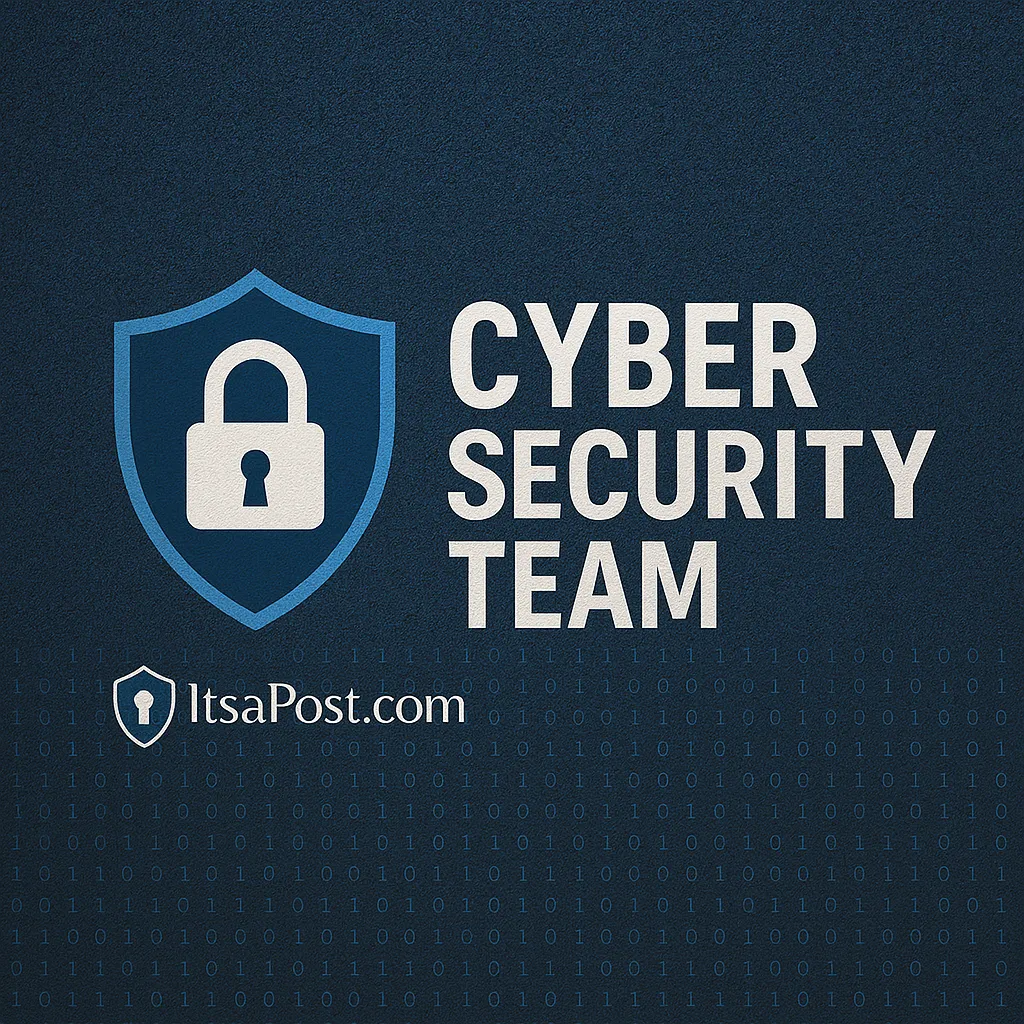The Importance of Incident Response Playbooks in Cybersecurity
With the increasing frequency of cyber-attacks, organizations must have robust mechanisms to detect, mitigate, and recover from these incidents. An essential component of this cybersecurity defense strategy is an Incident Response Playbook. This guide serves as a blueprint for organizations to follow in the wake of a security breach, ensuring they can quickly contain incidents and minimize damage.
Understanding Incident Response Playbooks
Incident Response Playbooks are structured guides composed of standardized procedures for the IT staff to follow in response to various types of cybersecurity incidents. These documents are critical as they provide detailed, step-by-step instructions that help organizations to respond swiftly and effectively to threats. Learn more about the fundamentals of these playbooks from Microsoft’s guide on incident response playbooks.
Components of an Effective Playbook
Effective Incident Response Playbooks include several key components:
- Identification: Methods and tools to detect incidents promptly.
- Containment: Short-term and long-term strategies to control the impact of the incident.
- Eradication: Steps to remove the cause and effects of the incident.
- Recovery: Guidelines for restoring systems to normal operation.
- Lessons Learned: Review and analysis post-incident to improve future response efforts.
Templates and standardized processes, such as those outlined in CISA’s Federal Government Cybersecurity Incident and Vulnerability Response Playbooks, ensure that even non-technical staff can understand and follow the necessary steps during a crisis.
Real-World Application
For instance, the playbook designed for compromised AWS credentials, detailed in the resources by Wiz, provides a step-by-step recovery path that minimizes potential damages and aids in quick resolution. This is a great example of how tailored playbooks can be extremely beneficial.
Developing Your Own Playbook
Creating an incident response playbook tailored to the specific needs of your organization is crucial. Start by analyzing previous incidents and identifying common threats. This approach not only enhances preparedness but also strengthens overall security posture.
Analyzing and Improving Playbooks
Incident response is an ongoing process. Regularly updating playbooks to reflect new threats, technological advancements, and organizational changes is vital. Including feedback mechanisms and reviewing lessons learned after an incident ensures that playbooks evolve and remain effective over time.
Key Takeaways
An Incident Response Playbook is not just a set of instructions; it's a critical part of your cybersecurity strategy. By having a specialized response playbook, organizations can mitigate the impact of attacks and recover more efficiently. Remember, the goal is to be prepared, not scared.

